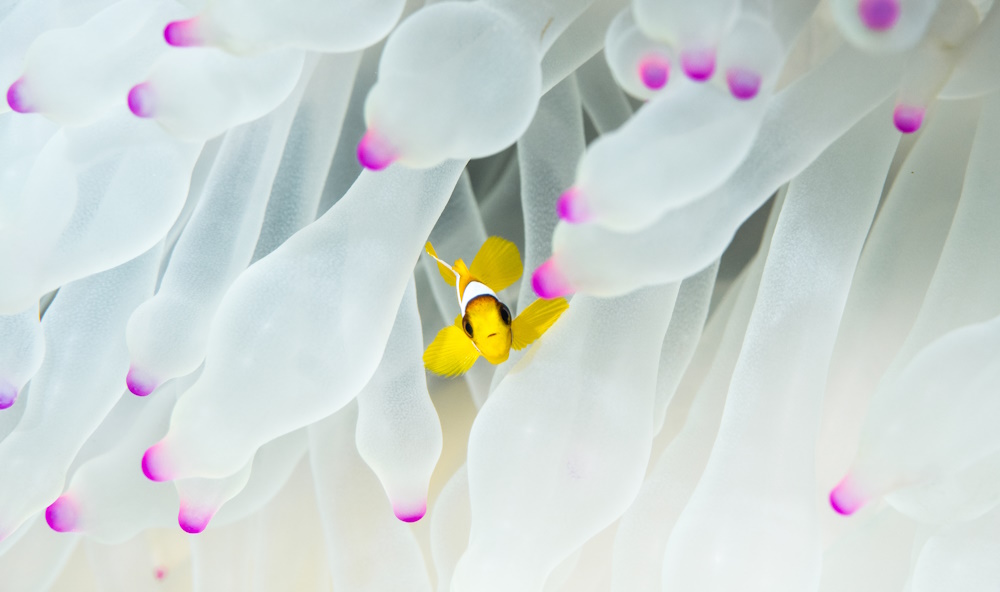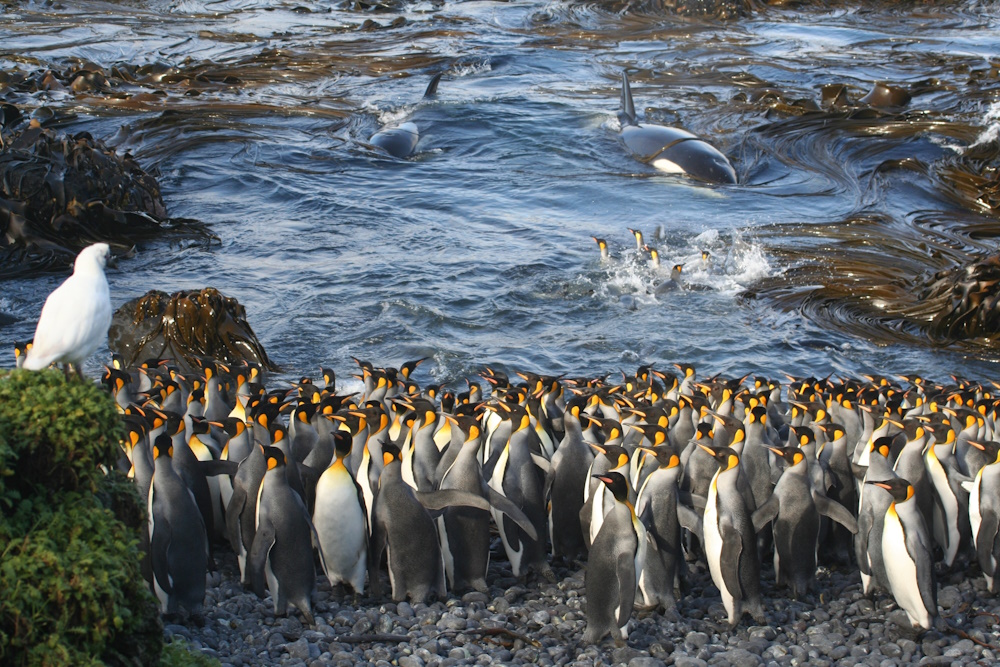Ecology and Environmental Science 2018
Shortlisted entries in the Ecology and Environmental Science category from the 2018 Royal Society Publishing Photography Competition.
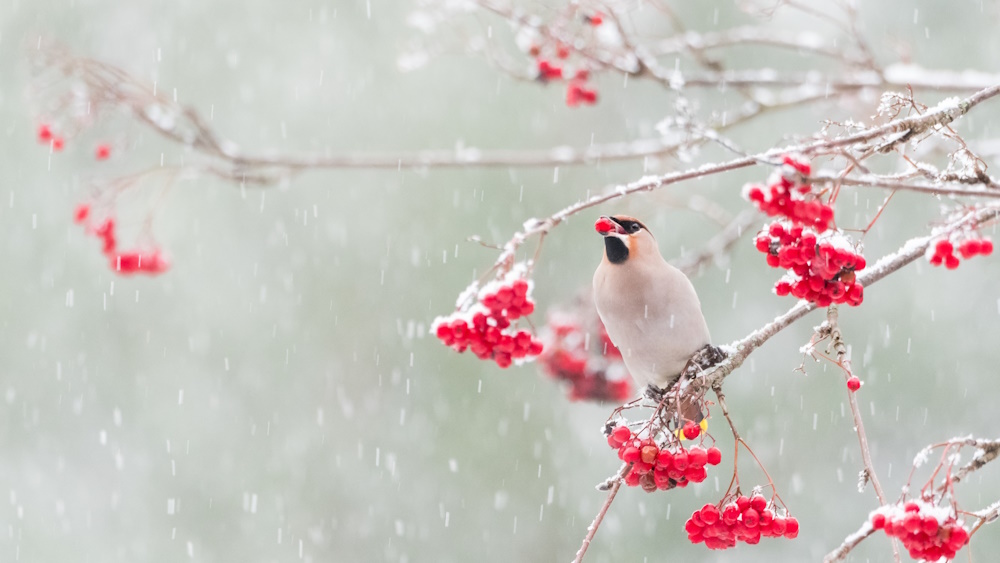
Ecology and Environmental Science Winner 'Waxwing and Rowan berries in the snow' by Alwin Hardenbol. 'Bohemian waxwings (Bombycilla garrulus) lust after Rowan berries (Sorbus aucuparia) in winter. They fly around in big flocks looking for the most delicious berries but they are picky eaters and do not just go for any berry. They skip certain trees and postpone eating the berries in others for later. Eventually, however, they did come to the trees right outside my office in Finland. Technical specs: Nikon d500 with Nikon AF-S 80-400mm f/4.5-5.6G VR ED; 1/160s, f/5.6 and ISO2800 at 400mm. Edits: Cropped, sharpened, burned and dodged certain parts, contrast and saturation raised, and noise reduced.'
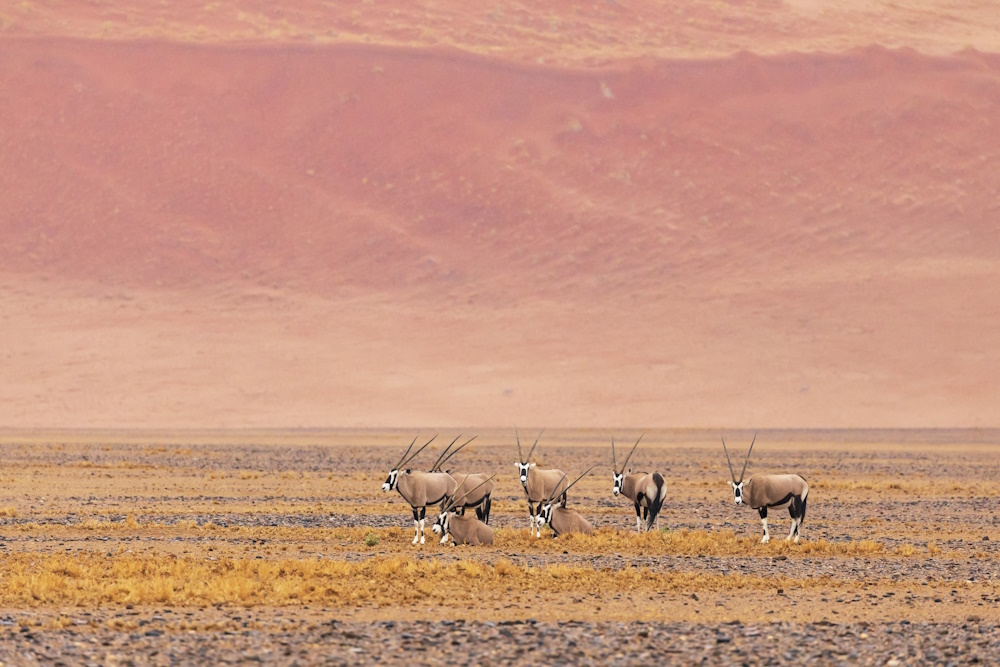
Ecology and Environmental Science Runner up 'Mars' by Roberto García Roa. 'When I observed these oryx resting in an arid place of Namibia, my mind immediately saw a group of antelopes on the surface of Mars. The landscape was arid and red and it evoked a distant planet where we were invaders. They were powerful animals that showed a peaceful moment in a hard place. The ability of this species to resist hard environmental conditions is really surprising and deserved my attention, so I decided to immortalise the moment in my brain. My photography remembers. Namibia; Canon 5Dmark IV. Lense 100-400mm. Slight adjustment of contrast, sharpening and noise reduction.'
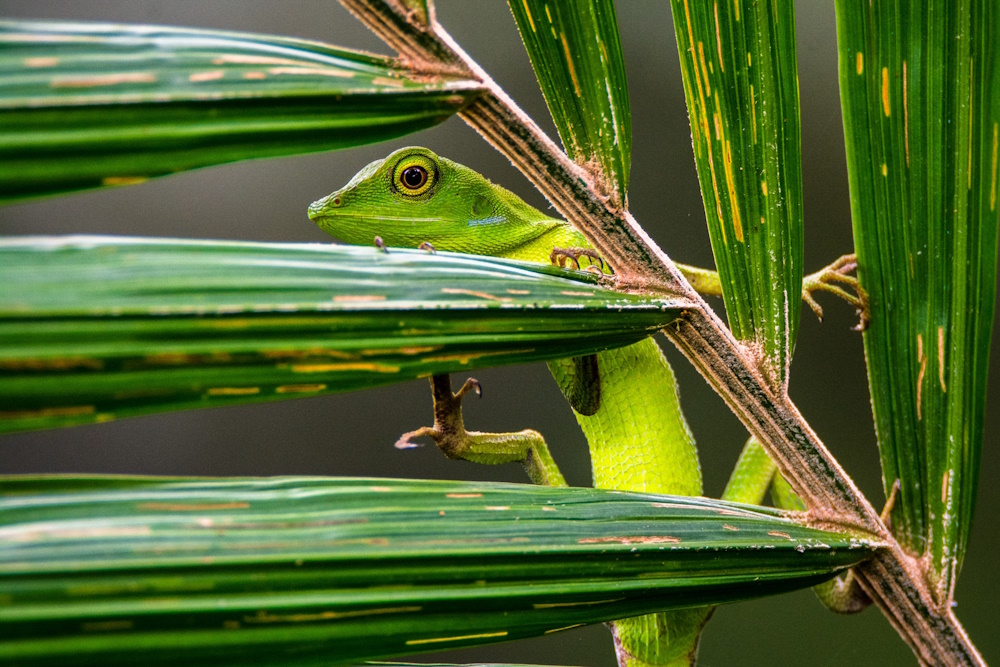
Ecology and Environmental Science Honourable mention 'Peek-a-boo' by David Matthews. 'As I walked along the canopy walkway in Taman Negara, Malaysia, I heard a rustling in the palm fronds to my left. I began to wonder what I would find up in this 90 ft. rainforest canopy, possibly a bird or a monkey, when this female green crested lizard (Bronchocela cristatella) popped its head over the palm frond. You can see in this picture how this arboreal species has adapted to life in the trees. Its long slender fingers allow it to grip the leaves and its thin body reduces the weight that it needs to lift as it climbs around. It was really interesting to return to the ground and see other lizards, noticing how divergent these species were despite living in such close proximity. Shot with a Nikon D7100, Tamron 150-600mm. f/7.1, 1/200 s, 600mm, iso640. Basic contrast and exposure editing in lightroom.'
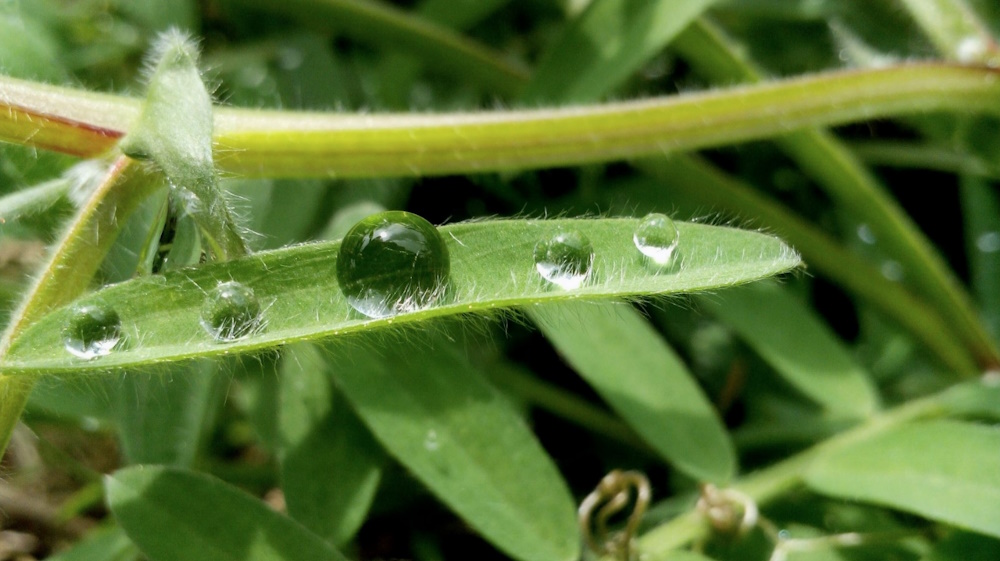
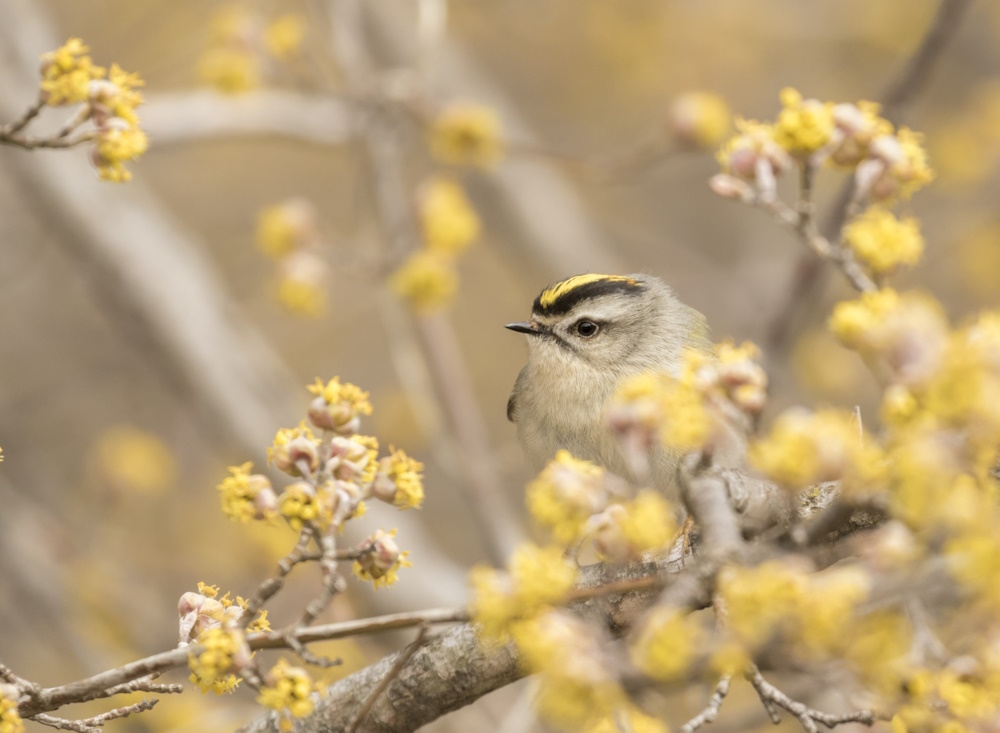
Ecology and Environmental Science Honourable mention 'Golden Kingdom' by Loren Merrill. A Golden-crowned Kinglet (Regulus satrapa) emerges from the golden flowers of a Cornelian cherry (Cornus mas) in early April. I took this picture while birding in an urban park in Urbana, Illinois, USA. This park is a magnet for spring and fall migrants; as they fly over they are drawn to the small patch of forest and shrubland in an otherwise agricultural and developed landscape. Part of my research program focuses on how landscape composition impacts the health and condition of wild birds, and thus takes me to many of these habitat islands to study the physiology and behavior of nestling and adult birds. Image taken using a Canon 7D Mark II at 1/1000th sec, f/5.6, ISO-640, 400mm. Image cropped and adjusted for color, sharpening, and brightness.'
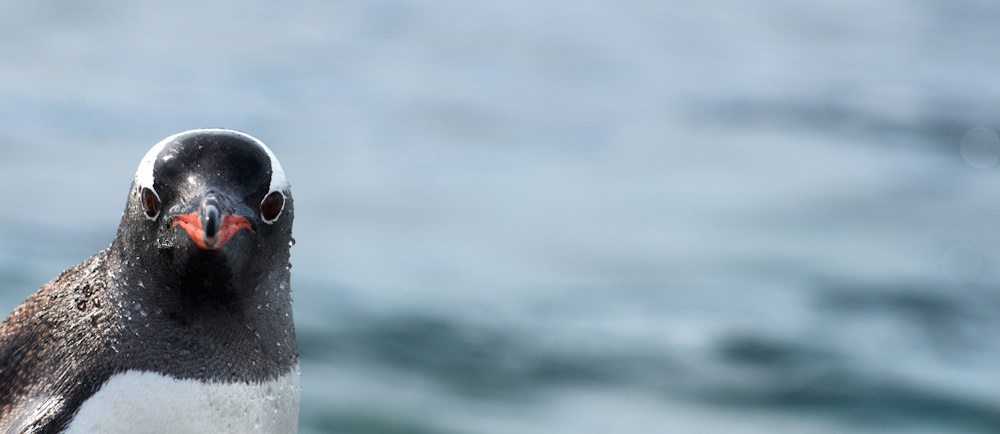
Ecology and Environmental Science Honourable mention 'Excuse me' by Casey Youngflesh. 'A Gentoo penguin glares at the camera after emerging from the water near a breeding colony on the Antarctic Peninsula. The beads of water on the bird illustrate the waterproofing and insulation provided by its dense oily feathers. Adaptations such as these are crucial for surviving the icy waters of the Antarctic. I was struck by the quizzical look this penguin seemed to give me; a reminder that I did not belong in this place without adaptations such as these. The image was cropped, in addition to minor modifications made to the tones and saturation of the image. Nikon D7000 - Nikkor 70-200mm'

